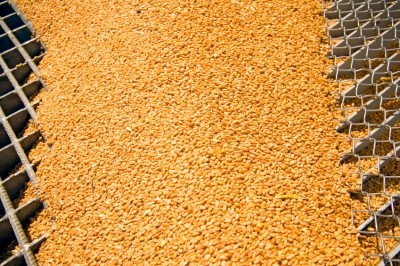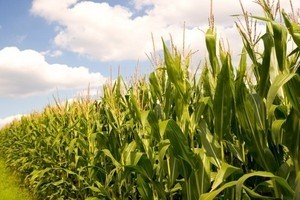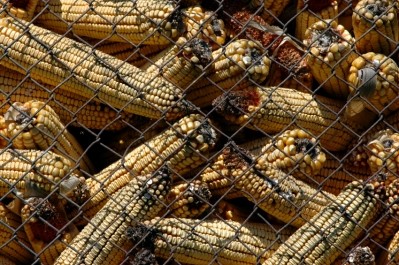Reports from VIV Europe
Mycotoxin threat not going away any time soon: Biomin reveals latest survey findings
We caught up with Karin Naehrer, product manager mycotoxin risk management at Biomin, at VIV Europe in Utrecht as she revealed the findings of the Germany’s company’s research on the fungal toxins.
Regulatory challenges
She said there are massive challenges around the regulation of mycotoxins.
Aflatoxins the only ones to be subjected to EU regulation in terms of maximum levels allowed in foodstuffs, and there are other glaring gaps in the legislation, added Naehrer, in that the co-occurrence of mycotoxins in grains is not considered.
As 1,000 mycotoxins have been identified so far and the number keeps growing, the feed and farming sectors need to ensure they have effective risk management programs in place to mitigate the risk posed by these contaminants, stressed Naehrer.
Global view
The Biomin 2013 survey looks at the incidence of the most frequently occurring mycotoxins from aflatoxins (Afla), zearalenone (ZEN), deoxynivalenol (DON), fumonisins (FUM) and oxhratoxin A (OTA) in every region throughout the world.
It also analyses the primary feed cereals for the contaminants including corn, wheat, barley, rice, soybean meal, corn gluten meal, dried distillers grains (DDGS ) and silage.
Asia remained the region with the highest maximum values for most of the tested mycotoxins.
Cereal contaminants
Looking at feed grains, compared to 2012, the number of samples that tested positive for Afla increased by 5 percentage points to 30% in 2013, said Biomin.
“A concentration of 31 ppb (in parts per billion) Afla poses a medium risk for swine and poultry,” found the report.
There was a decrease in the number of positive samples and average concentrations for ZEN and DON compared to 2012.
Threat to piglets
“The maximum value of ZEN was detected in a Chinese corn sample at 5,324 ppb – a level that would lead to adverse effects in all food producing animals,” said Biomin.
Despite the reduction in DON concentrations to 777 ppb, this level still poses a high risk for piglets, which show the highest sensitivity to the toxin, said the report.
Average FUM levels have remained similar to 2012.












